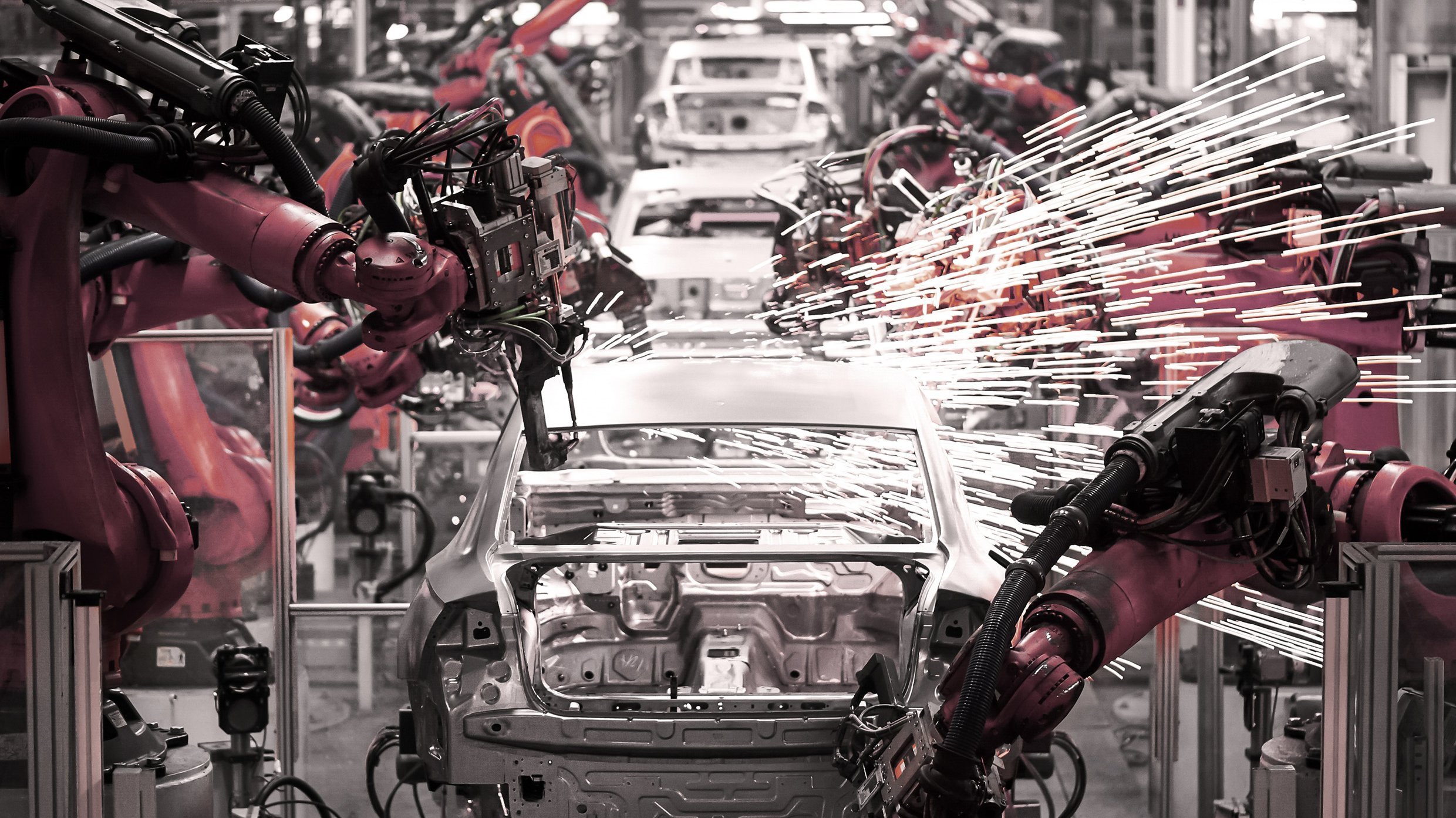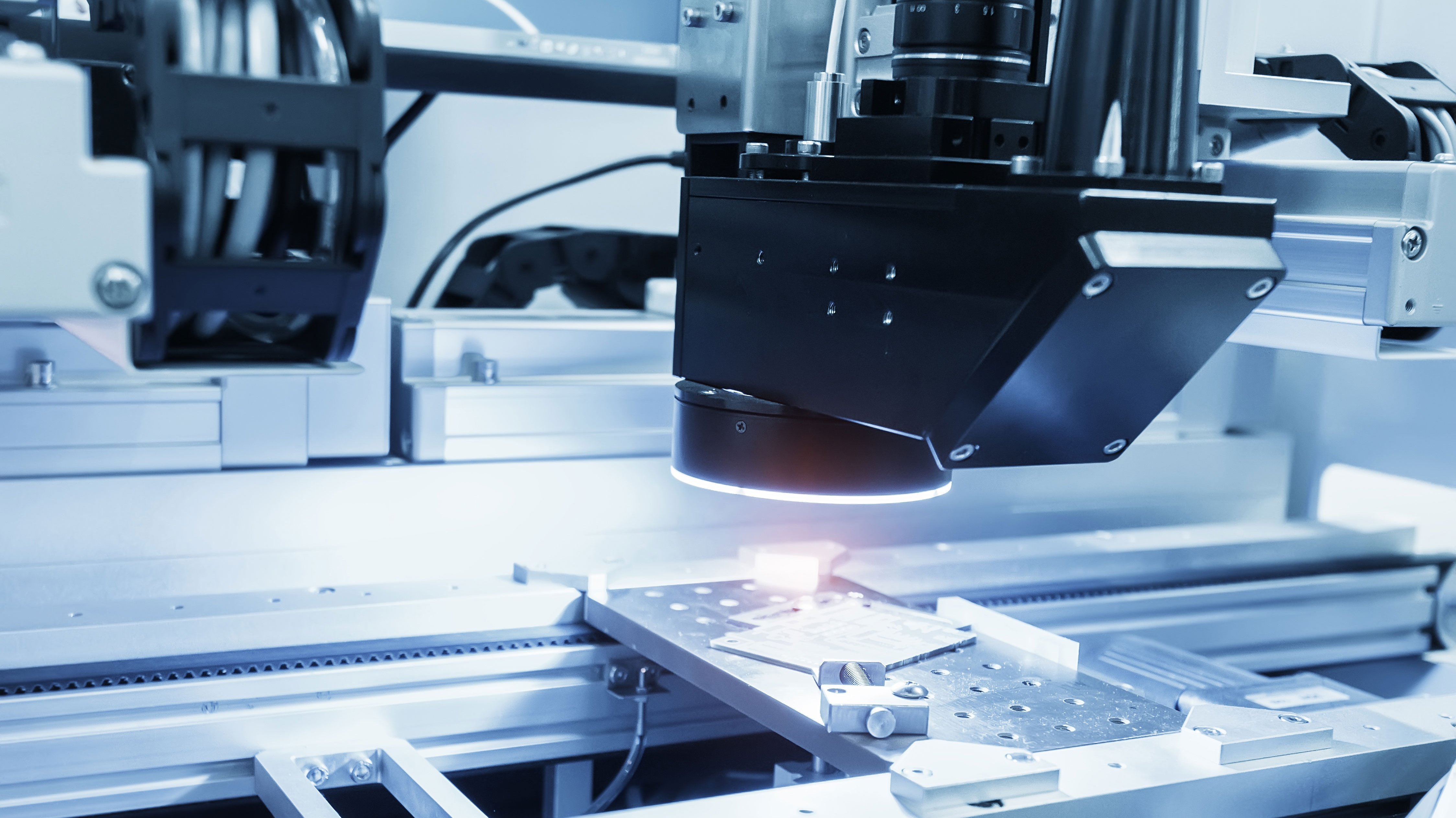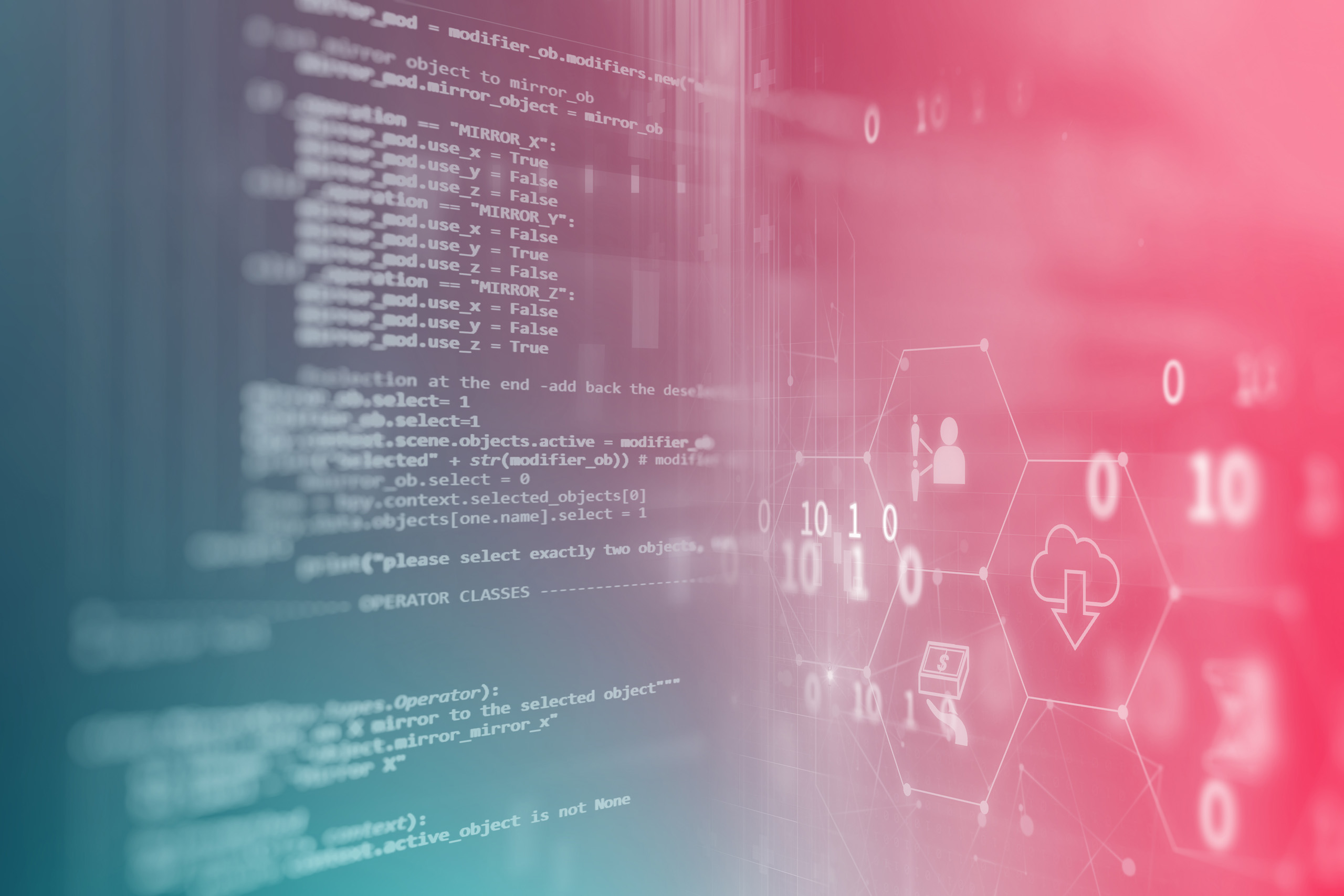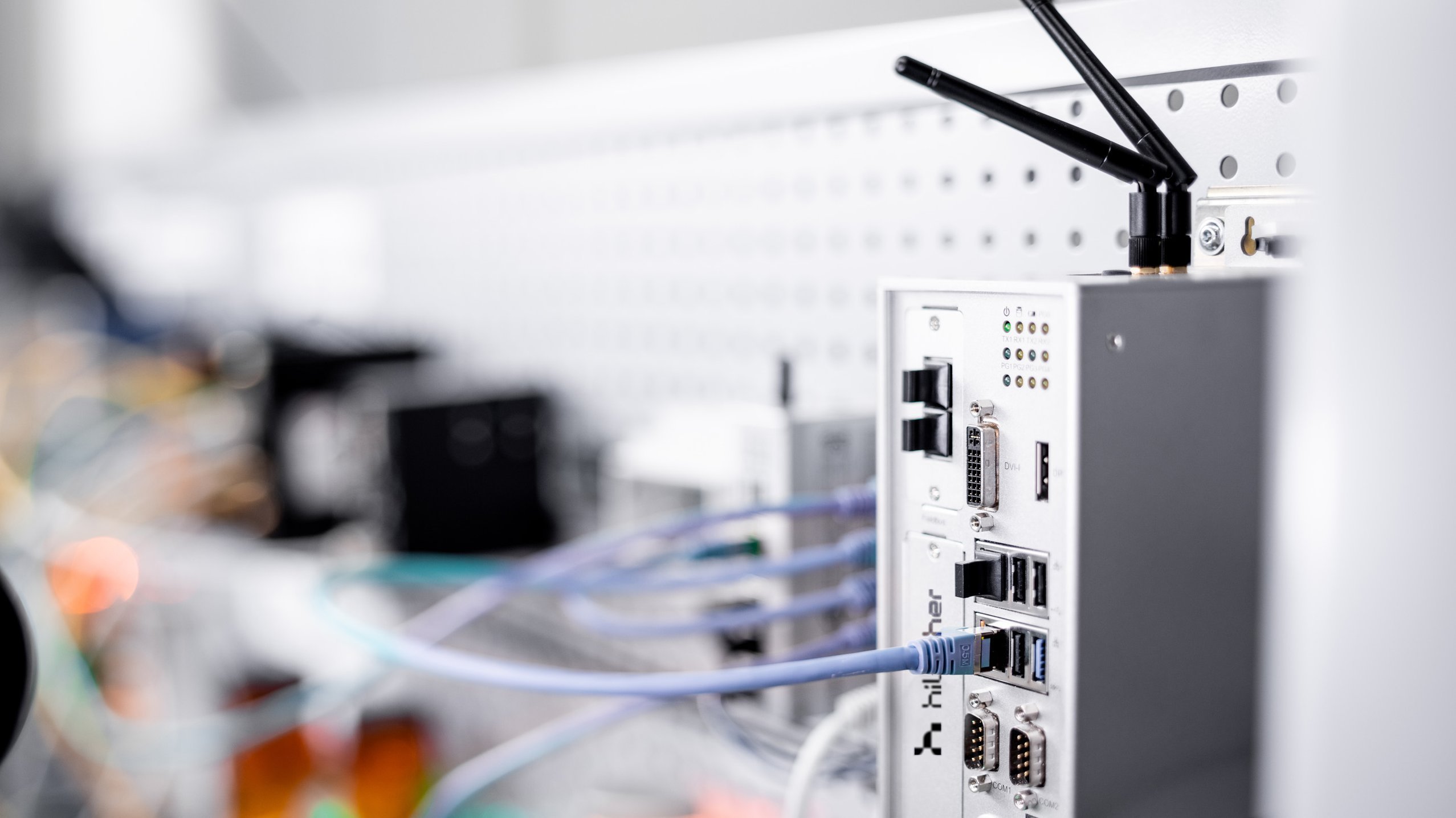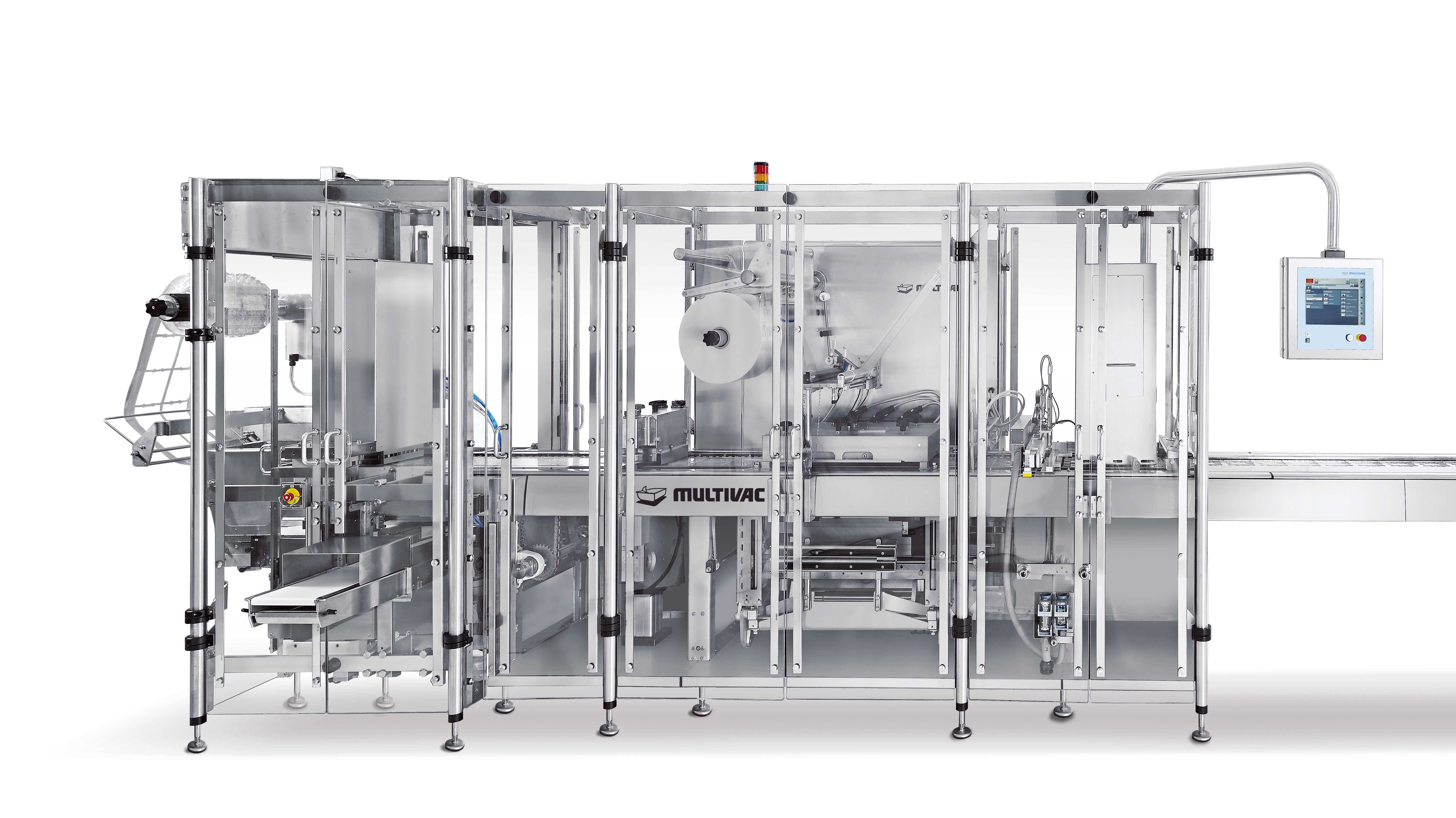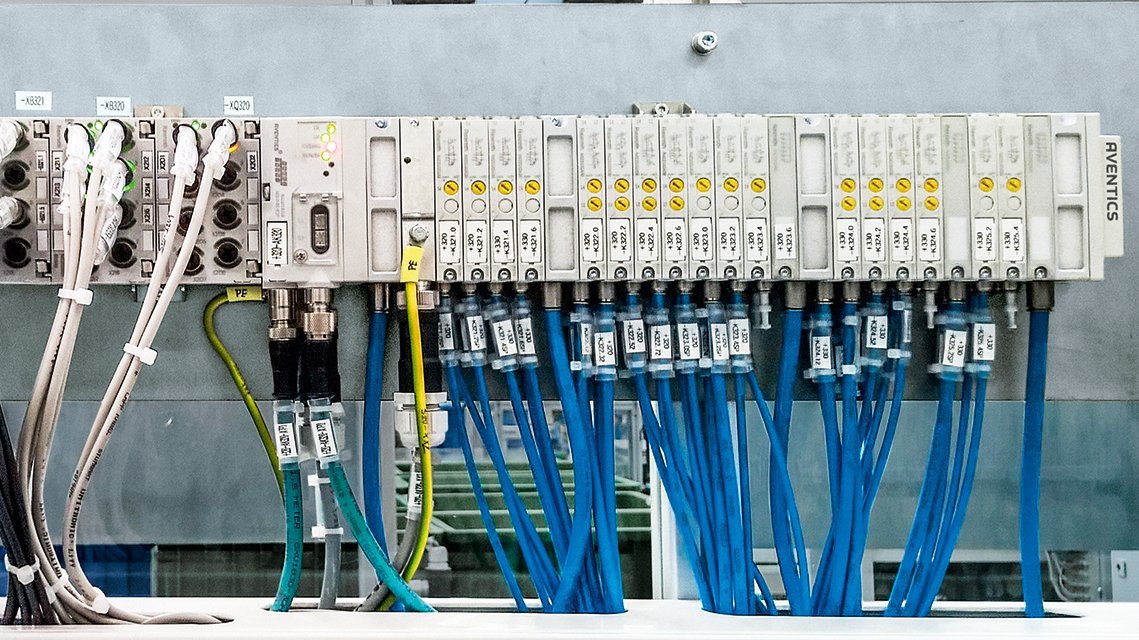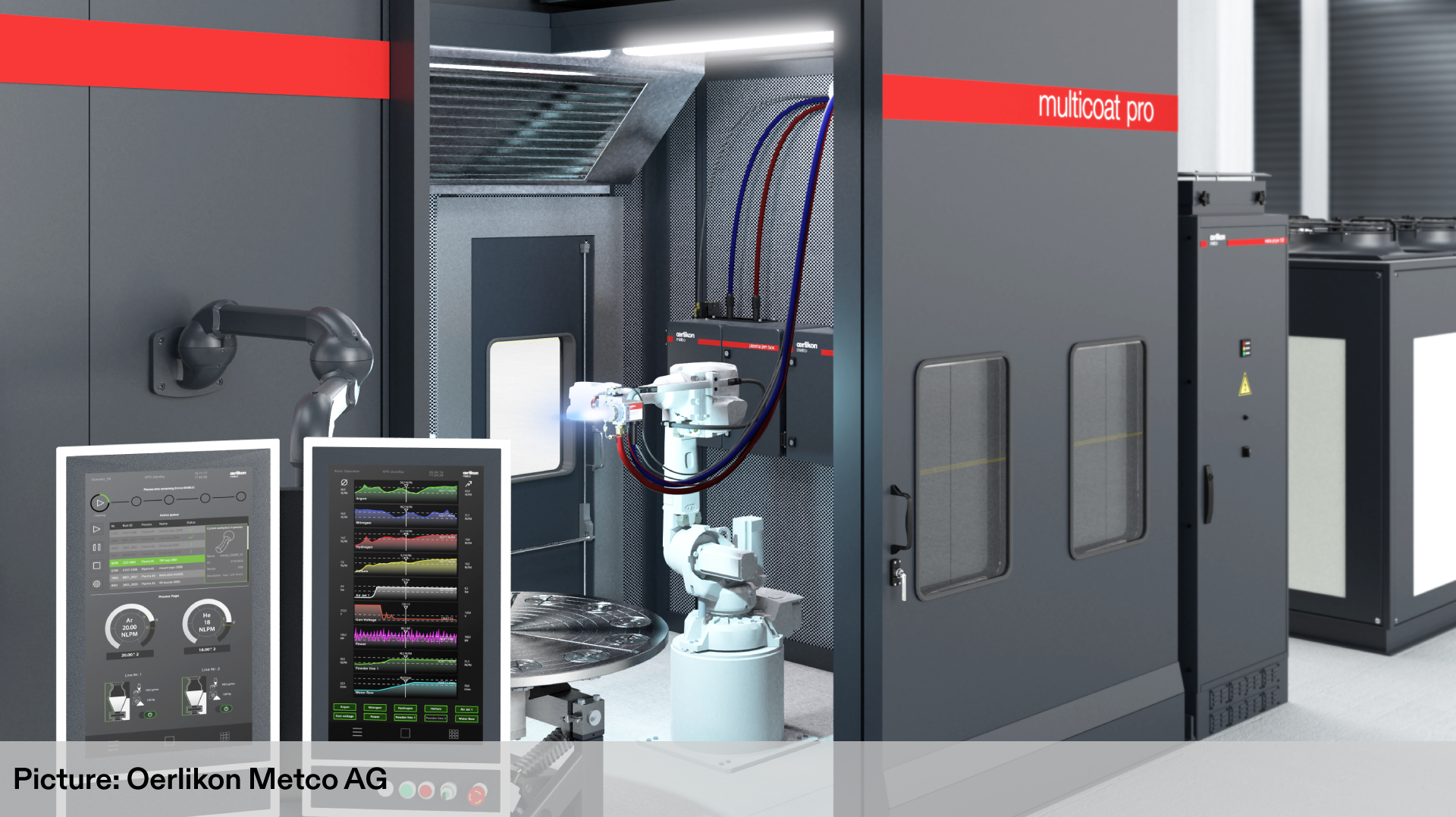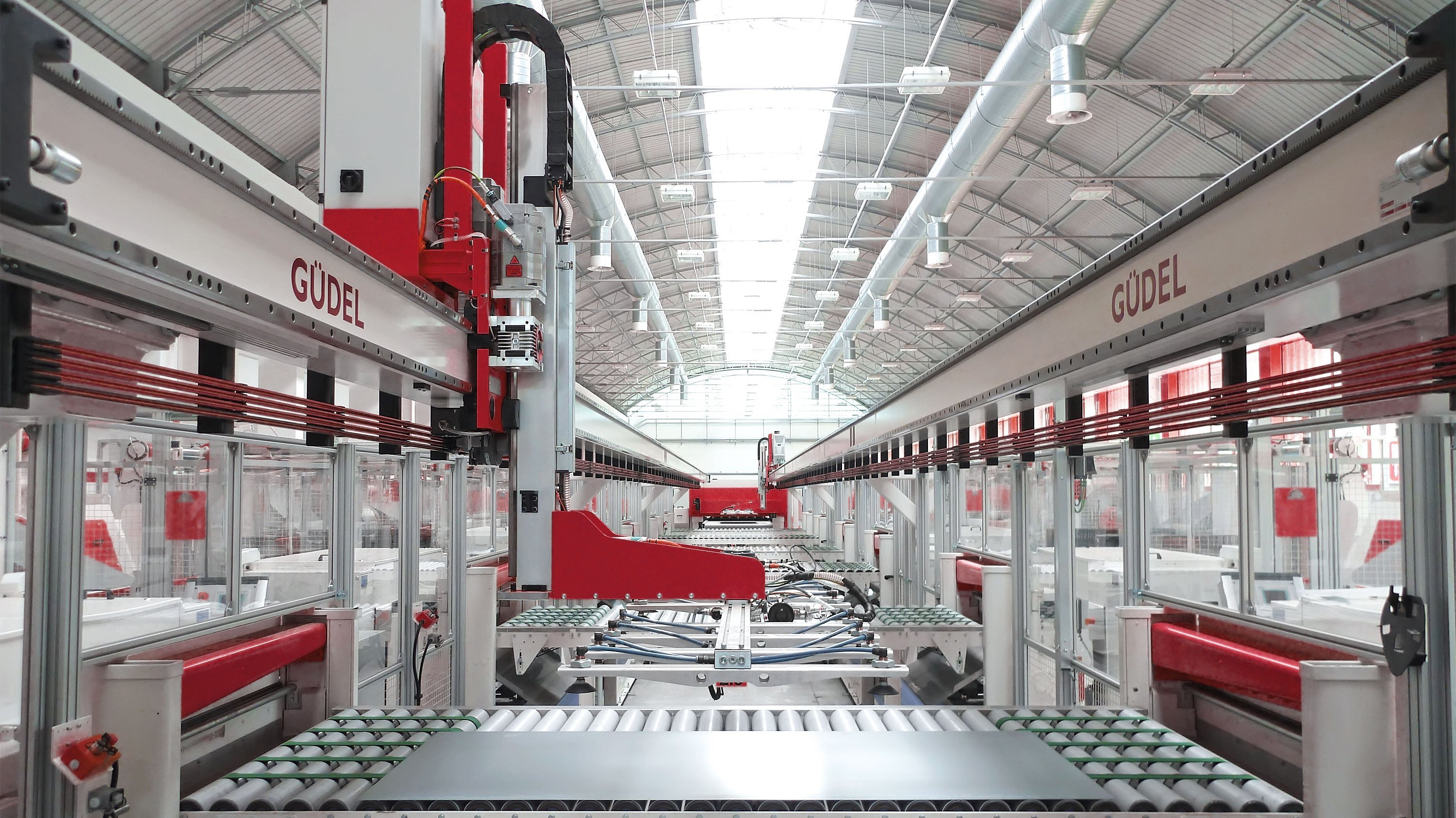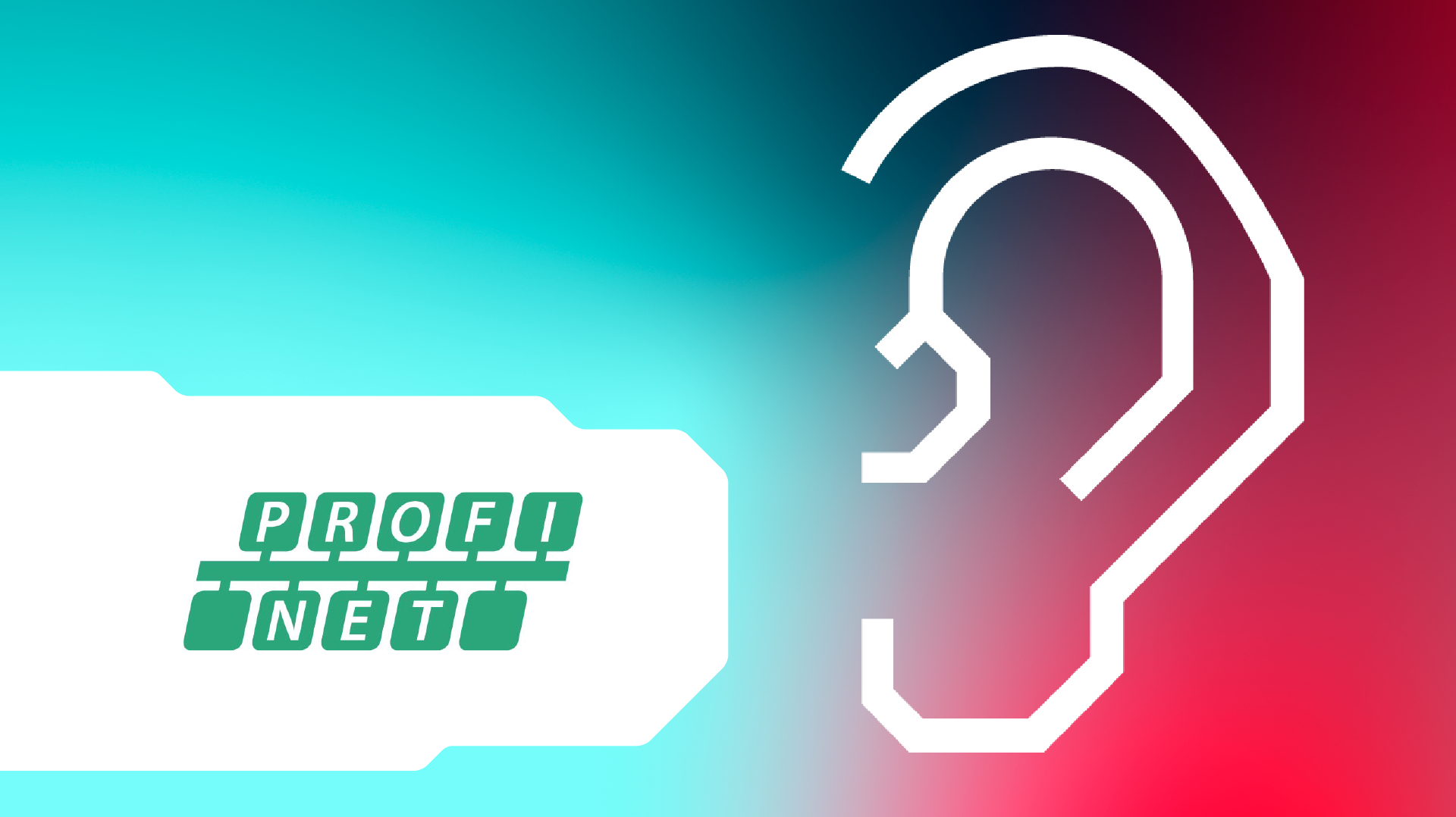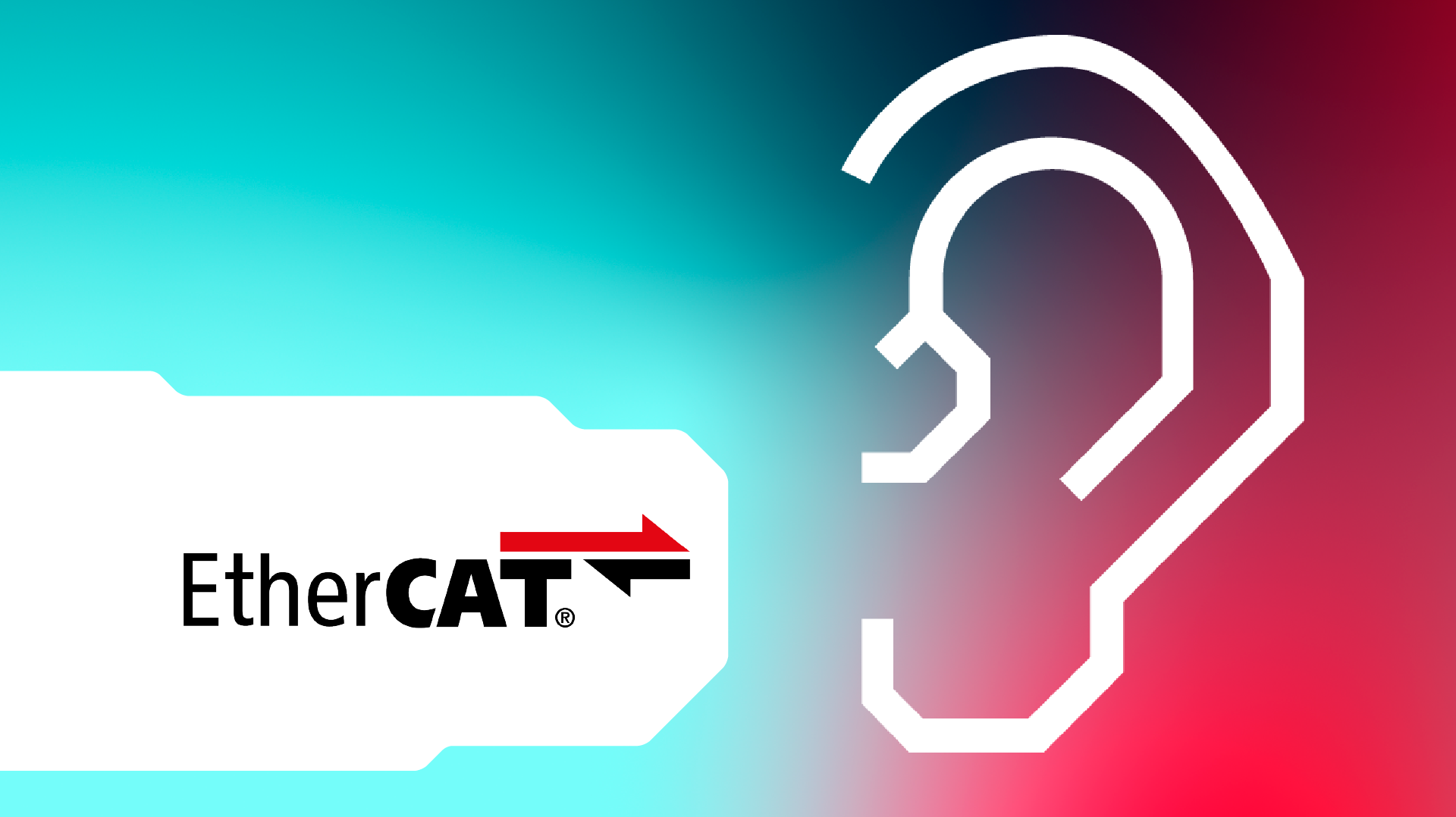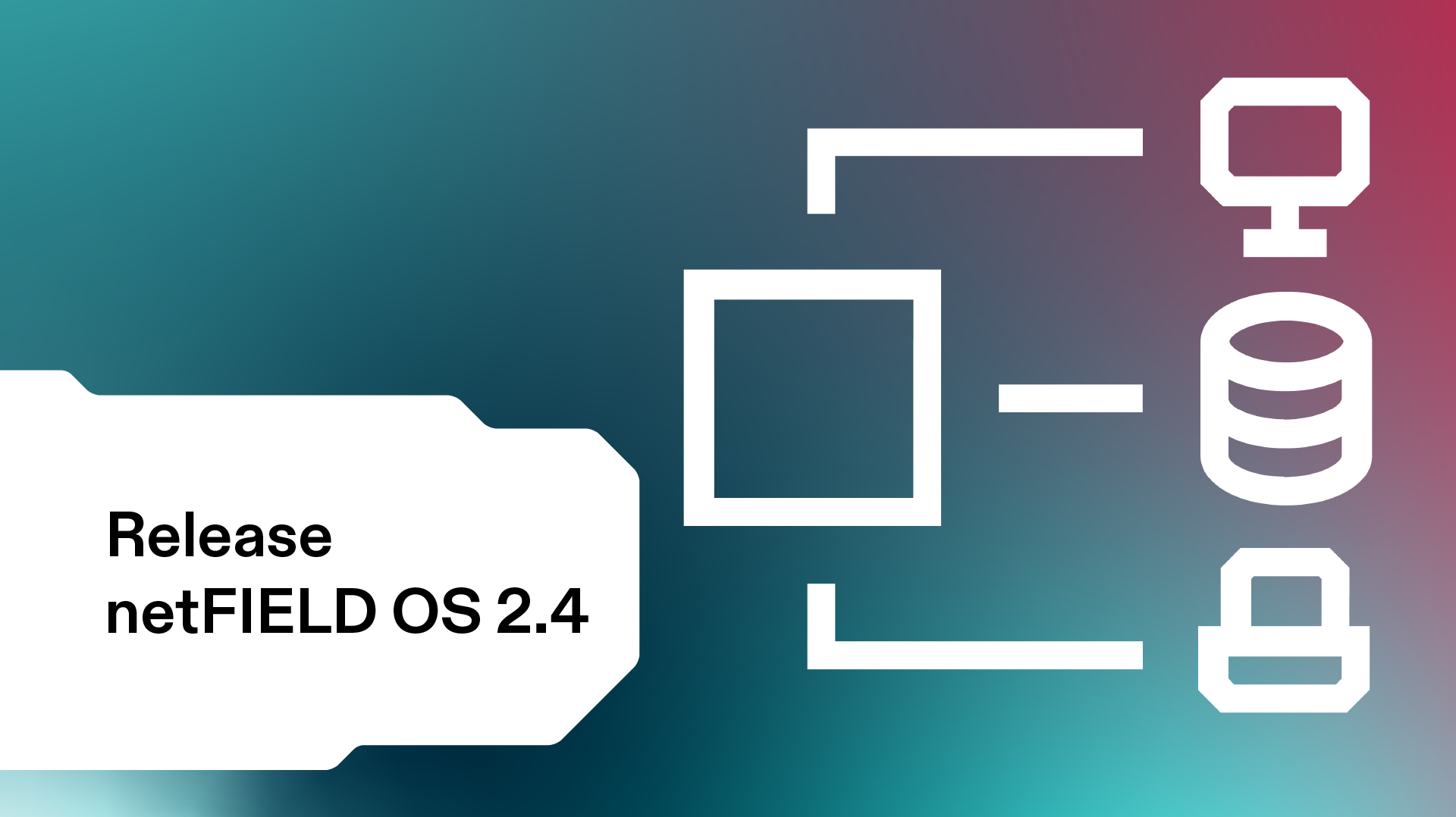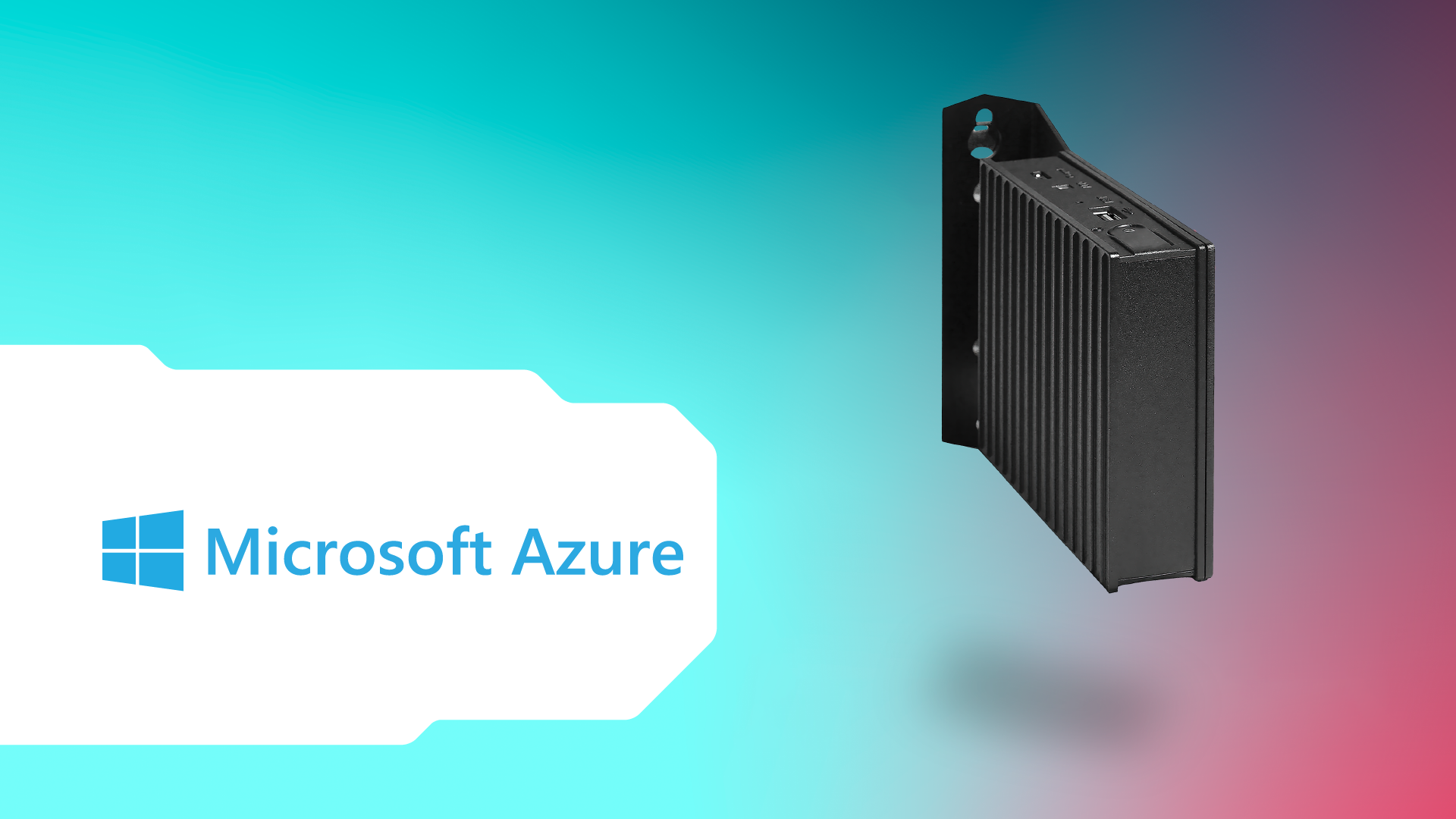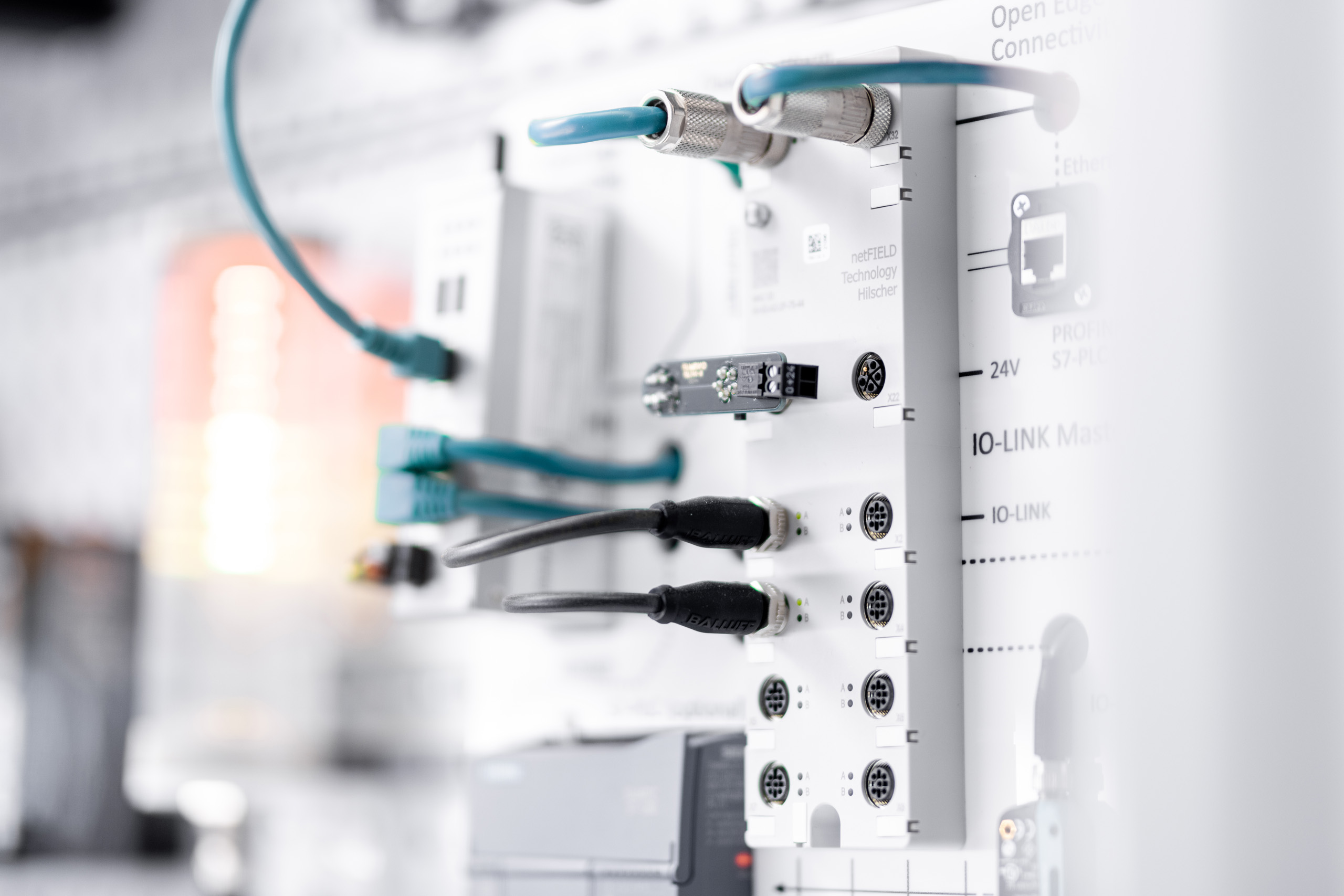Your machines and equipment are a treasure-trove of valuable data. By tapping into it and making use of your own data, you have a solid foundation for optimizing your processes, increasing system availability and machine efficiency. New service business models also become possible.
With Industrial IoT and Hilscher, you gain better insights into your systems’ operations. You’ll be equipped to make the right decisions and you’ll gain an economic edge based on those new insights.
You got questions? We got the answers! Your direct contact to us ->


